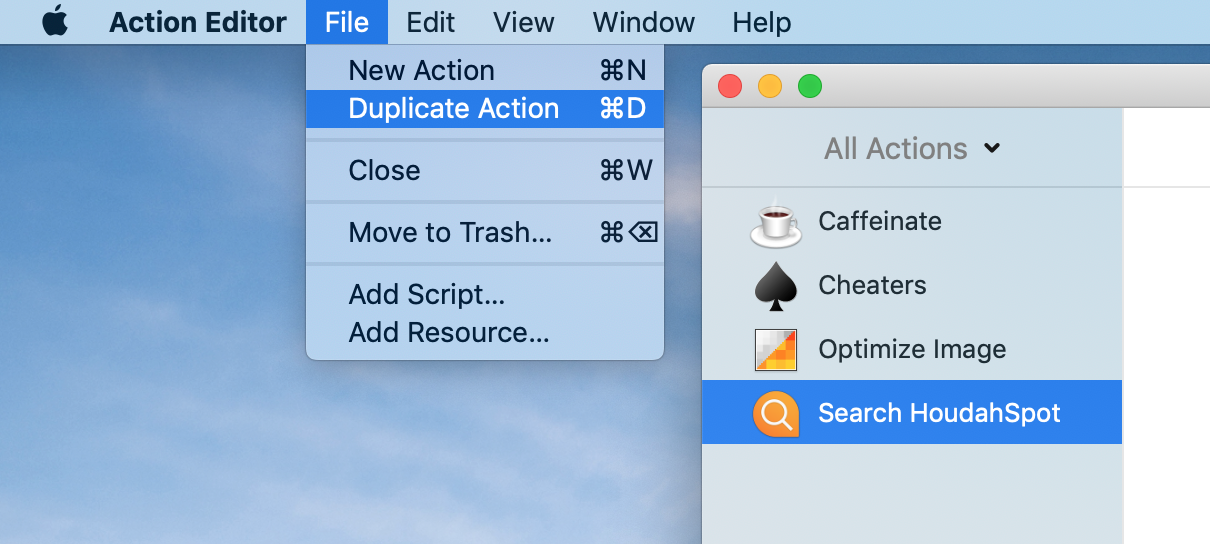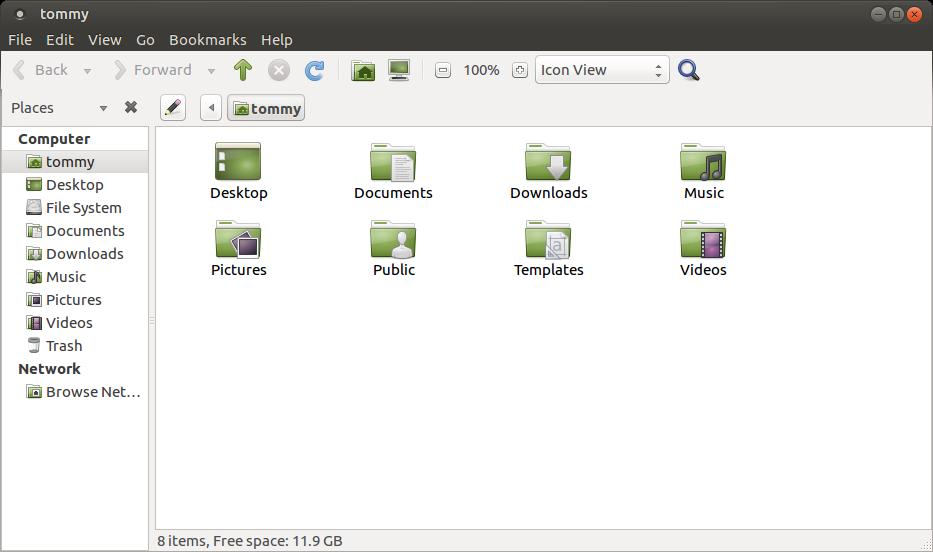

Also, you can specify an icon for your launcher by clicking on the big icon of the window on the top left of it. After running this command, a familiar window will pop-up, which lets you fill the Name, the Command and the Comment for your launcher. Where '~/Desktop/' is any directory you want your launcher to appear, after its creation process is over. Without closing the terminal window, after the installation process is over, you have to type the following command: gnome-desktop-item-edit ~/Desktop/ -create-new It will ask you for your login password, which you have to fill (nothing will be shown, not even asterisks (*)) and press enter.
UBUNTU LAUNCHBAR FILE INSTALL
So open a terminal using Ctrl+Alt+T and give the following command: sudo apt-get install -no-install-recommends gnome-panel

It is important to install gnome-panel using the following command, so as not to install the recommended not-needed packets along with it. desktop file without executable permissions: Be careful though, the filename doesn't really change, it still remains 'launcher_name_sktop' and not 'Name_field_here', the system chooses to display it like 'Name_field_here' because it's nicer without the. desktop file, it automatically takes the specified Icon and Name (specified in the corresponding fields), as it should be.

One last thing to add is that by setting executable rights to your. desktop file looks like is the following: A launcher being a 'Utility Application ' should be under the 'Accessories' section etc.Ī realistic example of how a. It is used by the Dash so as to categorize the applications. The type can be Application, Link or Directory, but this article covers the 'Application' type.Ĭategories field specifies the category of the application. Type field specifies the type of the launcher file. Terminal field specifies whether the application should run in a terminal window or not.
UBUNTU LAUNCHBAR FILE FULL
All other icons should have their full path specified. For example, if the icon file is /usr/share/pixmaps/wallch.png, then the Icon field should be just 'wallch'. All icons that are under the directory /usr/share/pixmaps don't need to have their full path specified, but their filename without the extension. Icon field is the icon that should be used by the launcher and represents the application. To see all the paths in the $PATH variable you can open a terminal using Ctrl+Alt+T and type in echo $PATH For example, any files that are inside the path /usr/bin don't need to have their full path specified in the Exec field, but only their filename. The full path to the executable file must be used only in case it isn't in any of the paths specified in the $PATH variable.
Name is the name of the application, like 'VLC media player'.Ĭomment is a phrase or two describing what this program does, like 'Plays your music and videos files'.Įxec is the path to the executable file. Each launcher (.desktop file) consists of some basic fields. These lines are enough for describing a simple launcher. Open your favourite text editor, like Gedit or nano, and type in (copy and paste): For this, please head to Adding shortcuts to a launcher.
UBUNTU LAUNCHBAR FILE HOW TO
Please note that this section will cover only the basics, not how to add shortcuts to your launcher. The former lets you "control" your launcher more than the latter, but the latter way is easier. The 1st one is using a text editor, like Gedit, and the 2nd one is installing a program (gnome-panel) or using 'alacarte' that both do the job for you. There are currently 2 ways of creating a desktop file. desktop file for general use, but also how to add it to the Unity Launcher and/or how to edit a Unity Launcher itself, by editing its fields or by adding a right-click menu to it. This article describes how to create a working. In earlier Ubuntu versions, these files were simply used so as to launch a specific application, but in Unity they are also used so as to create right-click menus for each application, which you can access from the Unity Launcher. Unity Launchers are actually files stored in your computer, with a '.desktop' extension.


 0 kommentar(er)
0 kommentar(er)
